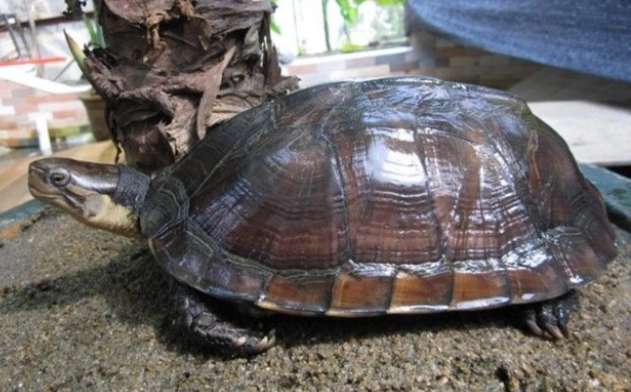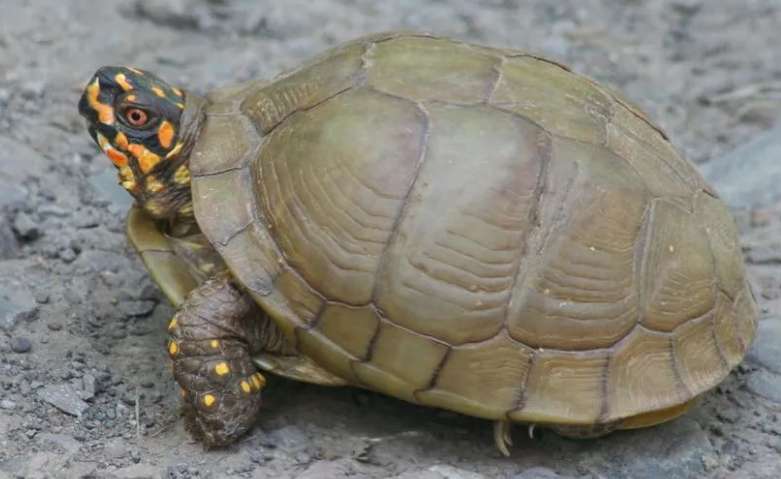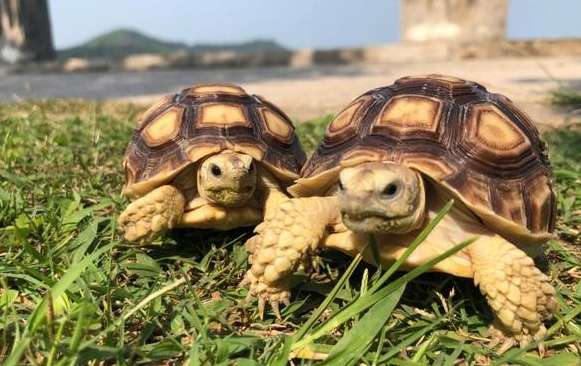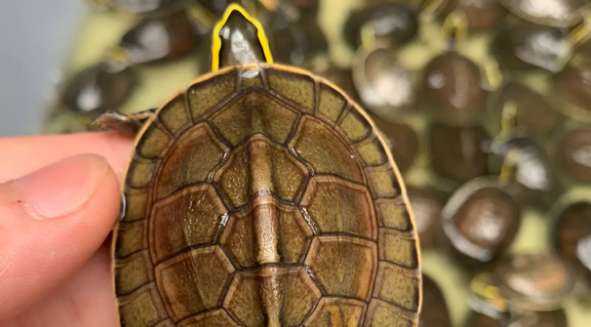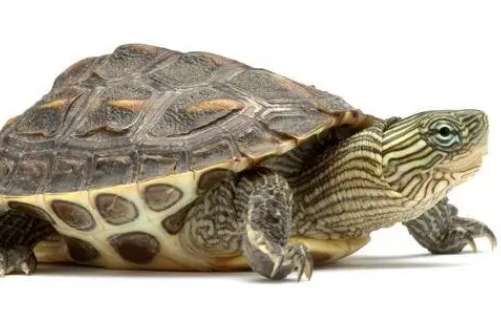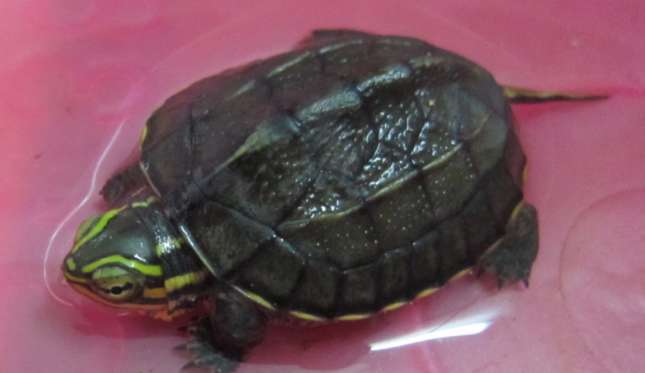Is the Annan turtle a nationally protected animal? Actually, yes, the Annan turtle is a second-level protected animal in China. The Annan turtle is a unique turtle species in Vietnam. It is listed as a first-level protected animal in Vietnam and is prohibited from export. Annan turtles are relatively easy to raise, and their food habits are complex and their food range is wide.
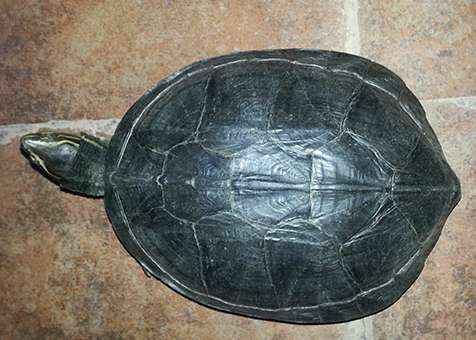
Annan turtles are raised in the pond Before use, soak in 1/10000 potassium permanganate solution for 1-2 hours. Annan turtles are also weakly adaptable to poor water quality. Therefore, residual bait and dirt in the pond must be removed frequently, and new water should be replaced every 3-5 days (the temperature of the new water should be close to the original pond water temperature). The amount of water changed each time It is 20-30% of the total pool water volume, and the water transparency is maintained at 30-40 cm.
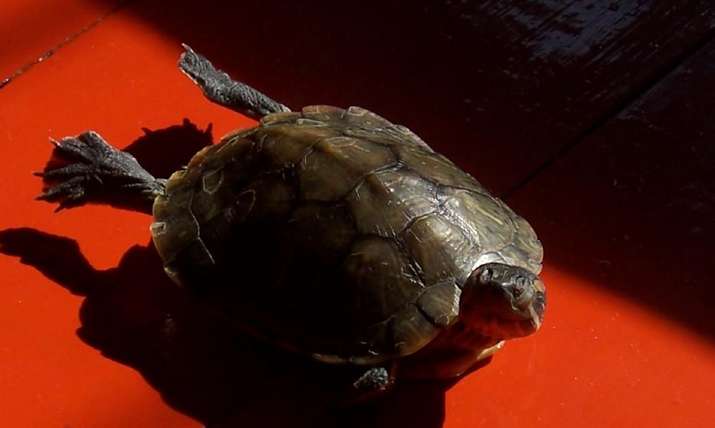
Annan turtle breeding and management The most important thing is overwintering management. Since the Annan turtle does not grow for a long time after breaking out of its shell, and the individual weight is only about 10 grams, and those that emerge in the late stage only have 3-4 grams, they have poor adaptability to overwintering. In order for the hatchlings to survive the winter safely, feeding and management should be strengthened in the autumn before the hatchlings stop eating.Make sure to feed enough nutritious and high-fat food so that the body fat of the hatchlings can be accumulated. When the outdoor temperature drops to about 10°C, all hatchlings should be moved to indoor hatchling ponds for overwintering. The bottom of the hatchling turtle pond should be paved with 20 cm thick silt sand and filled with 5-10 cm of water, so that the hatchlings entering the pond can burrow into the sand on their own to overwinter. The stocking density of hatchlings overwintering is 100-200 turtles per square meter.
